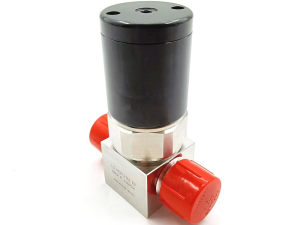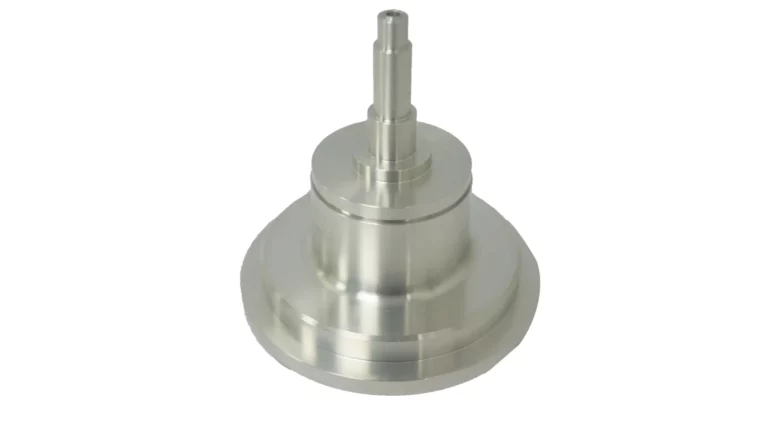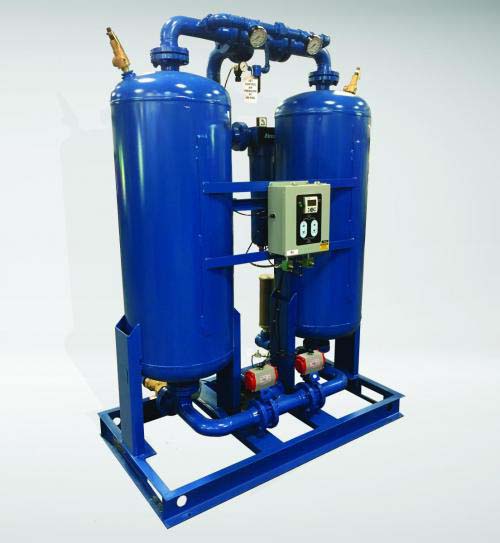目录
ToggleDefinition
A globe valve, also known as a cut-off valve, is a type of valve commonly used for controlling the flow of fluids. Its popularity stems from the low friction between the sealing surfaces during opening and closing, making it durable and suitable for both medium and low-pressure as well as high-pressure applications. The closing mechanism relies on the pressure exerted by the valve stem, which presses the sealing surface of the disc against the valve seat to prevent the flow of the medium. According to Chinese valve standards, the flow direction of a globe valve is always from top to bottom, indicating that installation has directionality.

Characteristics
Globe valves have several distinct characteristics:
- Simpler Structure: Compared to gate valves, globe valves have a simpler structure, making them easier to manufacture and maintain.
- Good Sealing Performance: The sealing surfaces do not slide against each other during operation, reducing wear and tear and improving the valve’s sealing performance and longevity.
- Short Stroke: The valve disc has a shorter travel distance, resulting in a smaller valve height than gate valves, although the structural length is longer.
- Higher Torque: The opening and closing of the valve requires more torque and takes longer than some other valve types.
- Higher Fluid Resistance: The tortuous path of the medium through the valve body leads to higher fluid resistance and power consumption.
- Directional Flow: The medium typically flows from the bottom to the top of the valve disc for nominal pressures ≤16 MPa, and from the top to the bottom for nominal pressures ≥20 MPa to enhance sealing capability. The valve is designed for unidirectional flow.
- Disc Erosion: The valve disc may experience erosion when fully opened due to the exposure to the medium.
Shortcomings
- High Fluid Resistance: Globe valves have a higher fluid resistance, increasing the force required for opening and closing.
- Incompatibility with Certain Media: They are not suitable for media containing particles, high viscosity, or prone to coking.
- Limited Adjustment Performance: Globe valves are not as effective for precise flow adjustment as some other valve types.
Advantages
- Simple Structure: Globe valves are relatively simple in design, making them easier to manufacture and maintain.
- Short Opening and Closing Time: They have a shorter working stroke, leading to faster opening and closing times.
- Reliable Sealing: They provide good sealing performance with minimal friction between the sealing surfaces, extending their service life.
Classification
Globe valves can be classified based on different criteria:
– Thread Position: External threaded and internal threaded globe valves.
– Flow Direction: Straight-through, direct flow, and angle globe valves.
– Sealing Forms: Packed seal globe valves and bellows seal globe valves.
Product Comparison: Bellows Globe Valve vs. Ordinary Globe Valve
Bellows globe valves offer several advantages over standard globe valves:
- Dual Sealing: A dual sealing design (bellows + packing) ensures a backup in case of bellows failure.
- No Fluid Loss: Reduces energy loss and improves plant safety.
- Longer Service Life: Reduces maintenance frequency and operating costs.
- Maintenance-Free: The bellows seal design ensures zero leakage and eliminates the need for frequent maintenance.
- Improved Tightness: PTFE soft sealing material for gas medium seats enhances the valve’s tightness.
- High-Temperature Resistance: Conical hard seals for high-temperature applications (up to 425°C) achieve airtight performance and zero leakage.
Installation Method
When installing and maintaining globe valves, consider the following:
- Handwheel and Handle Operation: Globe valves operated by handwheels and handles can be installed in any position in the pipeline.
- Proper Handling: Do not use handwheels, handles, or micro-motion mechanisms for lifting purposes.
- Correct Flow Direction: Ensure that the medium flows in the direction indicated by the arrow on the valve body.
These guidelines and considerations help ensure the proper installation and functionality of globe valves in various applications.
0





